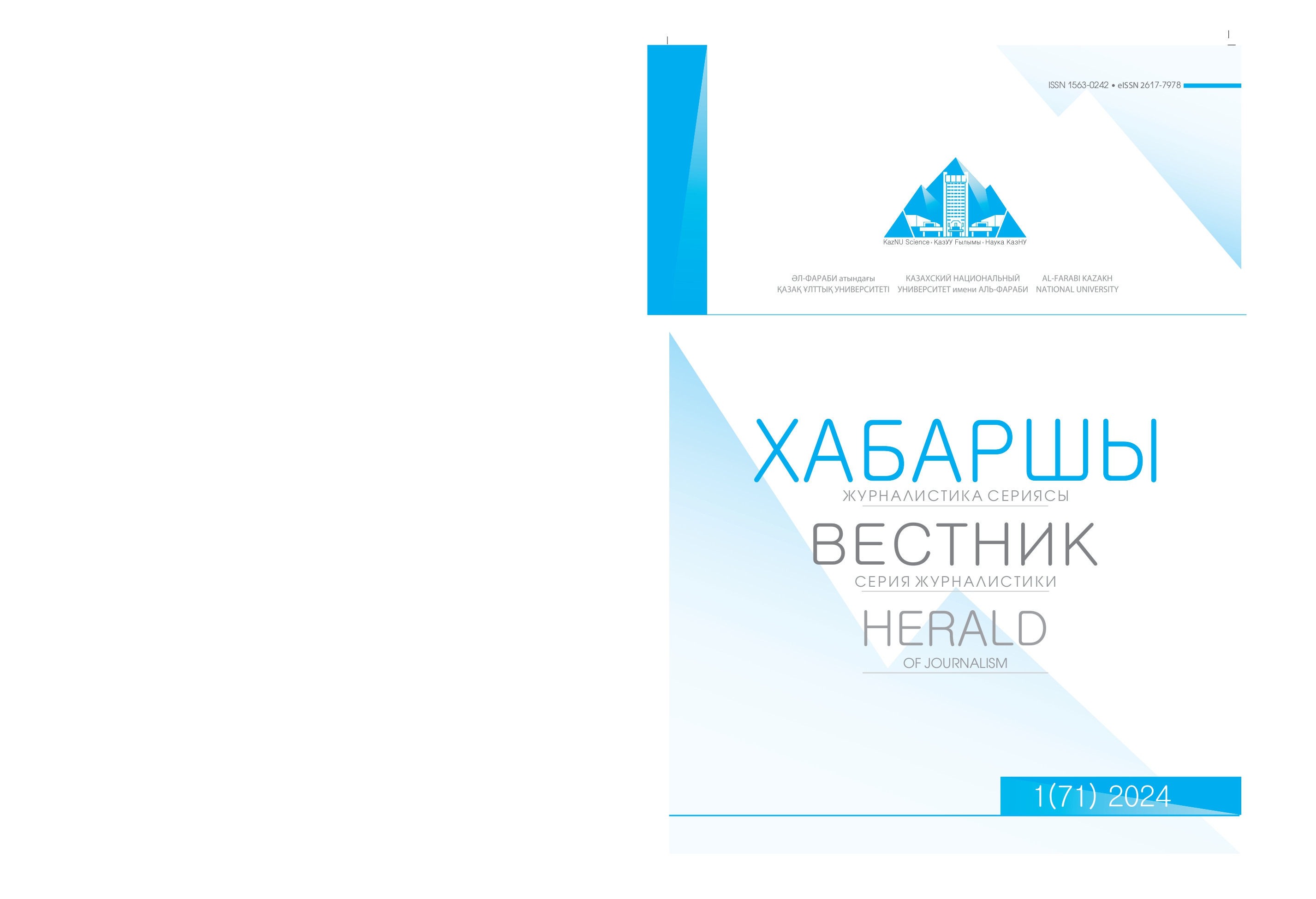Problems of identifying sources and visual content in social media: the experience of Kazakhstan
DOI:
https://doi.org/10.26577/HJ.2024.v71.i1.2Keywords:
social network, false information, visual content, media, fact-checking.Abstract
The article examines the problem of identifying sources and visual content on social networks in the process of recognizing false information. The goal and idea of the scientific work is to identify the problems of disseminating false information and formulate ways to prevent the proliferation of fake data. Online sources and visual content are important in the information industry and determining the accuracy is critical today, as it has become so easy to spread misinformation on social platforms. The theoretical significance of this work lies in the fact that its results can be used in the future as a guide in the fake news questions. The practical significance lies in the fact that the results of the study can be applied in journalistic and legal practice to improve professional skills. In addition, the results can be used in training journalists in higher educational institutions. To achieve the goal of the scientific work, 40 Kazakh publications with false information from the social network Facebook were selected, and an analysis was carried out to determine the category of false information, engagement metrics and the most effective means to stop the spread of fake information. According to the research, analyzing the content of the social network, we are convinced that there is a violation of the law. It can be said that the issues provided by the draft law “On introducing amendments on online platforms and online advertising” to the Code of the Republic of Kazakhstan on Administrative Offenses are being implemented today, and those who violated the law receive appropriate penalties. Two main means of combating disinformation were also identified, which can be characterized as manual and automated methods. The category of information that became most vulnerable to false facts was “News and Information.” The value of scientific work: during the study, attention was paid to the work of Kazakh and foreign scientists. Based on the experience of Kazakhstan, the causes and consequences of the spread of false information were identified and the final goal was clarified.




